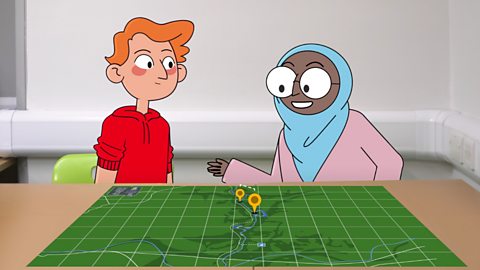After your fieldwork

After you’ve carried out your fieldwork, you need to analyse your findings by looking carefully at them so you can understand them.
Then you’re ready to present your findings and explain to others what you have found out.
You can evaluate your findings by deciding how well your investigation went, and how you could improve it next time.

How to analyse, present and evaluate
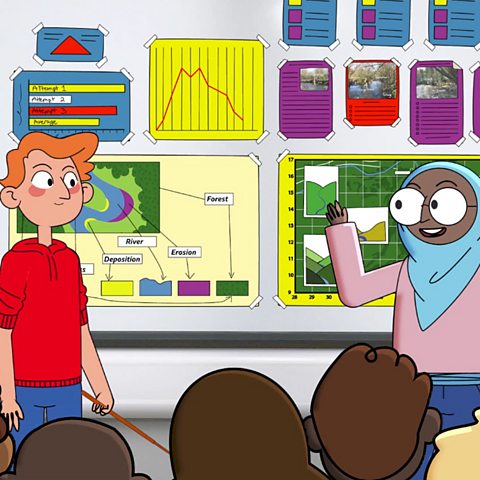
When you analyse your findings, you should:
- look at all of them
- try to understand them
When you present your findings to others, you should:
- explain things clearly
- add graphs to make it easier to understand
- draw clearly labelled maps
- put notes on photos
- explain what you found out
When you evaluate your findings, you should:
- think about how well you carried out your investigation
- think about what you could do better next time

Watch: Presenting findings
Play the video to watch Ayesha and James present their findings to the class.
Ayesha: The aim of our fieldwork was to investigate the river.
James: The river flowed like… really fast!
Ayesha: And there were some things built by people and some stuff that was there from before people built things.
James: Erm… yes. We drew this map to show where things are.
Ayesha: There's also this photo of the place with like a river and some rocks.
James: And there was this duck and it was big and white and massive!
Ayesha: It was a swan, James…
James: Oh…
Ayesha: James, let's think about it again.
James: Huh! How did you do that?
Ayesha: That's not important right now. We're not explaining things clearly.
James: You're right. We could use graphs to make things easier to understand.
Ayesha: The map needs to be drawn so the information can be seen clearly.
James: The photos should have notes so that people can see the features we found at the river.
Ayesha: And we need to say what we found out, how well we did it, and how we could make it better next time. Let's rewind and start again.During our fieldwork at the river, we found out that…
James: The river flowed at 0.14 m/s, which we found out by…
Ayesha: And finally, we see that the river is in its upper course. We can see that there is a steep valley with fingers of rock, which stick out into the valley. These are called spurs.
Teacher: Is there anything else you need to find out?
James: Well, it was raining. So there was more water in the river than usual. We could go back and take more measurements to see what it's like when it's not raining.
Teacher: Well done! That was very interesting.
What to do step-by-step after your investigation

Image caption, 1. Analyse your findings by looking at your sketches and photos.

Image caption, 2. Draw graphs to make your findings easier to understand.
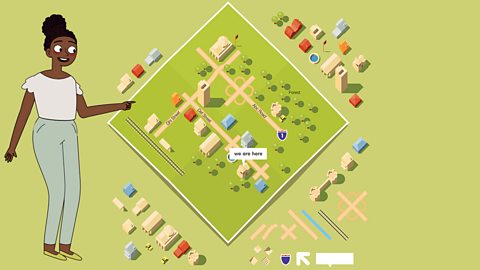
Image caption, 3. Show clear maps to explain your findings.

Image caption, 4. Show your carefully-drawn sketches.

Image caption, 5. Explain what you found out during your investigation.

Image caption, 6. Think about how well your investigation went.

Image caption, 7. Think about what you could improve next time.
1 of 7
Watch: Using graphs and charts
Find out more about using graphs and charts to present data from KS2 Maths.
Evaluating questions
Evaluating your fieldwork is important so you can learn from it. These are some questions you may want to ask yourself:
- What went well in your fieldwork?
- Did you use the right tools?
- What would you do differently if you did the fieldwork again?
- What else do you want to find out?
Activity: Quiz – What to do after your fieldwork
SATs preparation resources. activitySATs preparation resources
Get ready for the SATs papers with videos, activities, quizzes and games to refresh your knowledge and practise your skills.

More on Fieldwork
Find out more by working through a topic
- count7 of 12
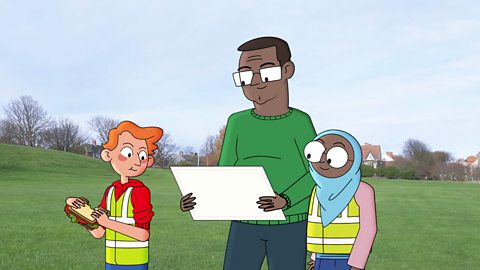
- count8 of 12
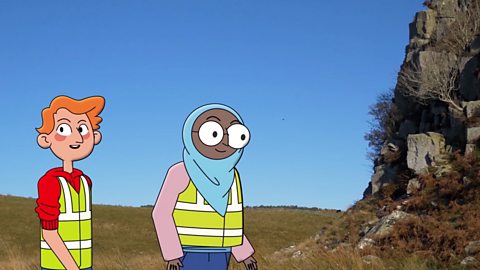
- count9 of 12
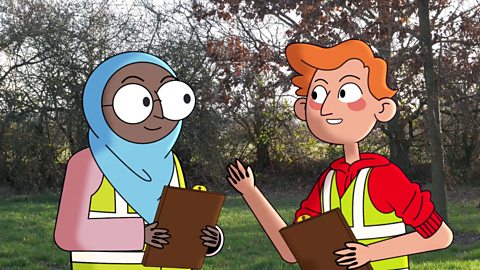
- count10 of 12
